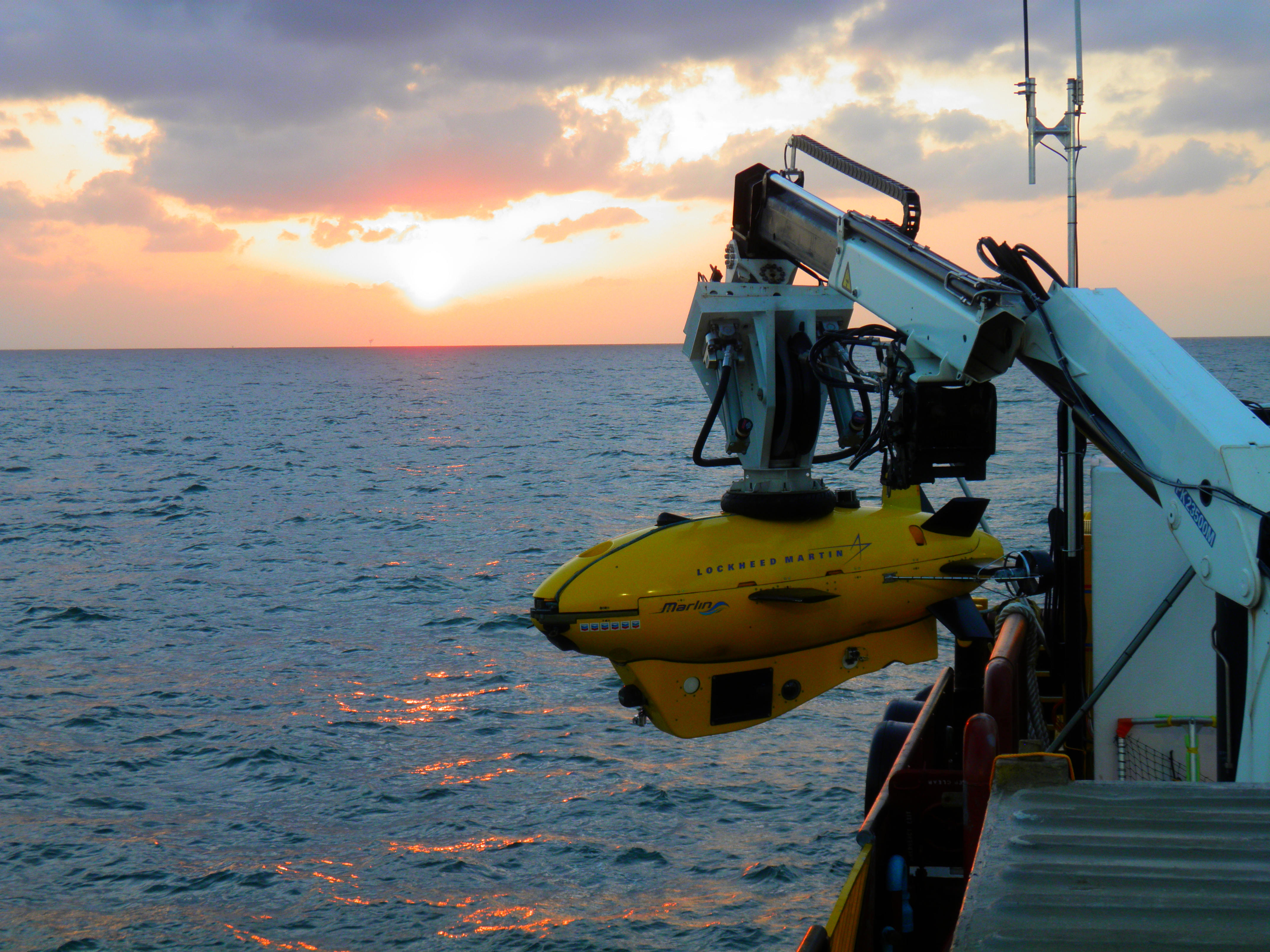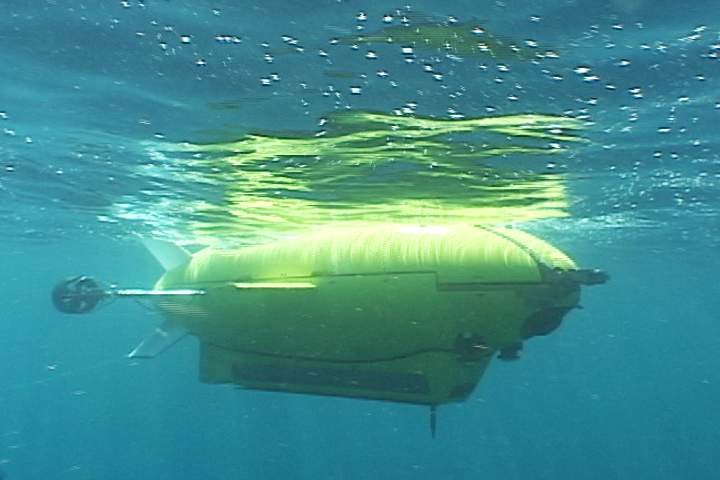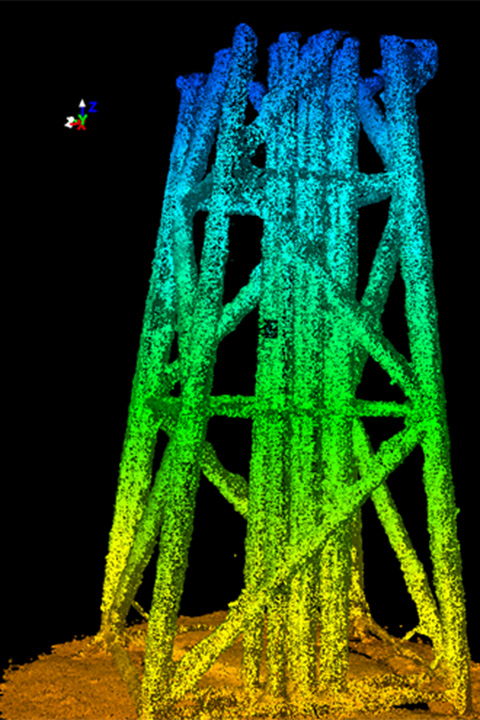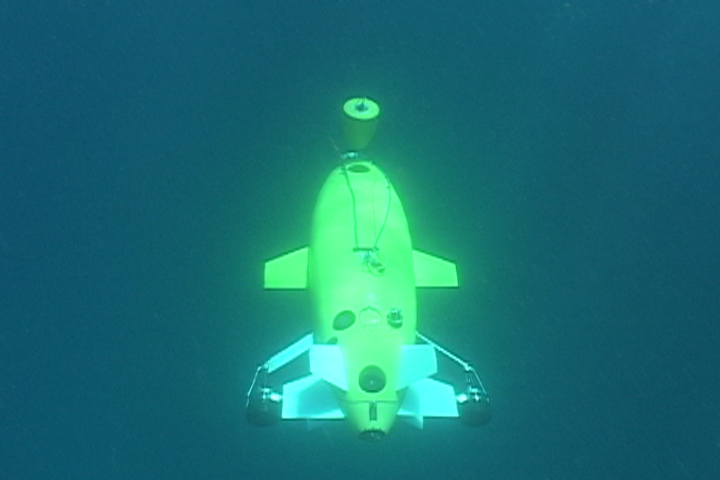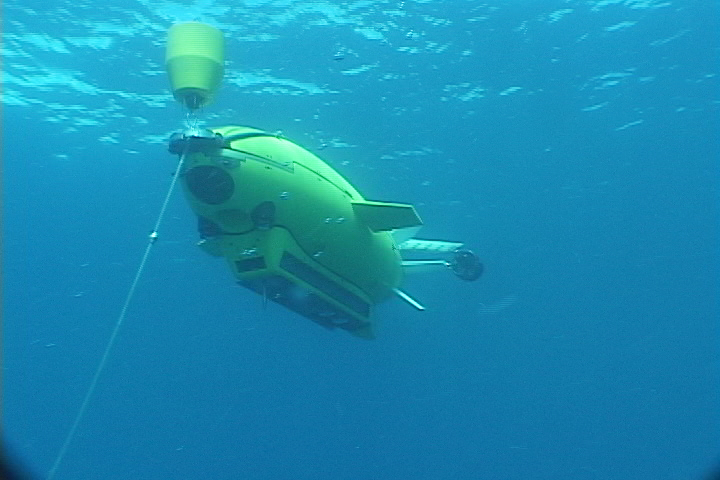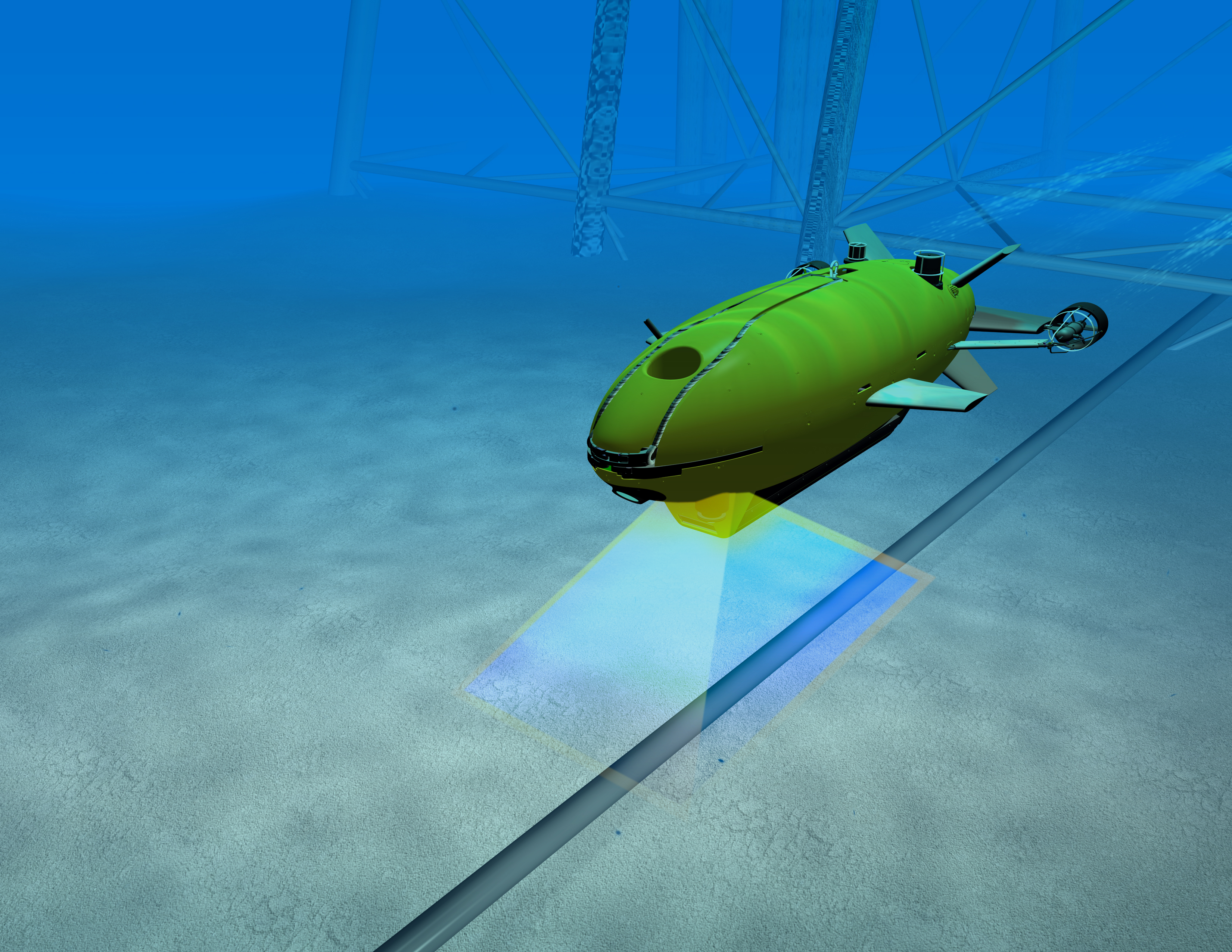The Lockheed Martin Marlin® Autonomous Underwater Vehicle (AUV) System offers a range of civilian and military customers a quick and safe way to conduct subsea surveys and inspections. Available today, the Marlin System creates a window below the surface of the water that allows users to manage what they typically cannot see.
Lockheed Martin is advancing subsea inspections for the oil and gas industry by using Marlin to provide faster, safer, economical, and more efficient inspections compared to using divers and tethered remotely operated vehicles. Equipped with sensors and robust autonomy, Marlin conducts structural surveys, pipeline inspections, bottom debris surveys, and subsea facility inspections.
“Lockheed Martin’s Marlin AUV System has completed several commercial autonomous subsea infrastructure inspections in the Gulf of Mexico,” said Dan McLeod, program manager of Lockheed Martin’s Offshore Systems and Sensors business. “Our Marlin System provided real-time actionable information in hours (as compared to days or weeks) that allowed Chevron to make accurate operating plans for an upcoming subsea recovery operation.”
The Marlin System autonomously inspects structures up to 1,000 feet below the surface, which means fewer people are needed to perform inspections, and risk to operators is significantly reduced. Marlin quickly generates accurate, hi-resolution, 3-D, geo-referenced models, giving users a clear view of subsea structures.
The 10-foot long submersible is highly maneuverable and able to operate in tight spaces, sprint up to four knots, and cruise for up to 18 hours. Marlin can perform up to four times faster inspections, delivering higher fidelity information in hours versus days.




